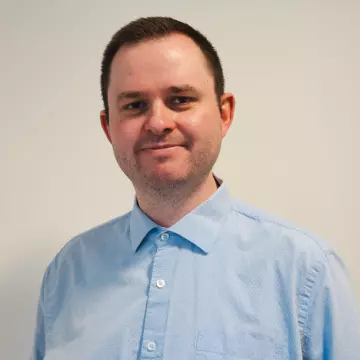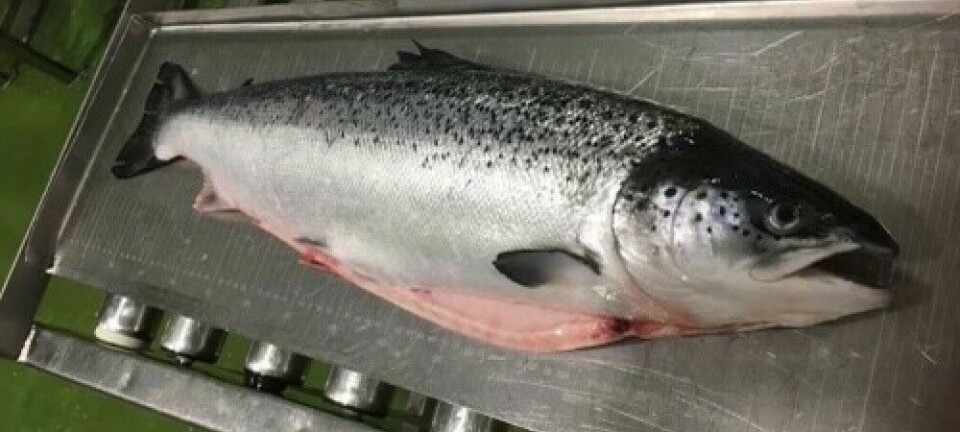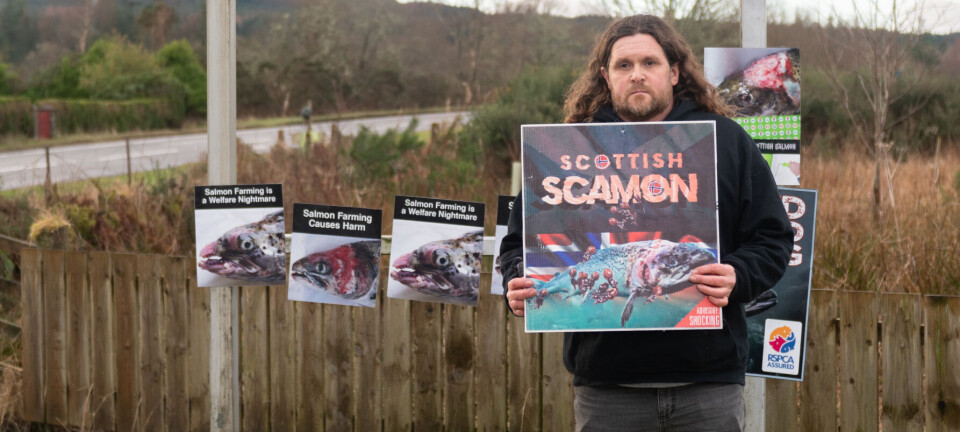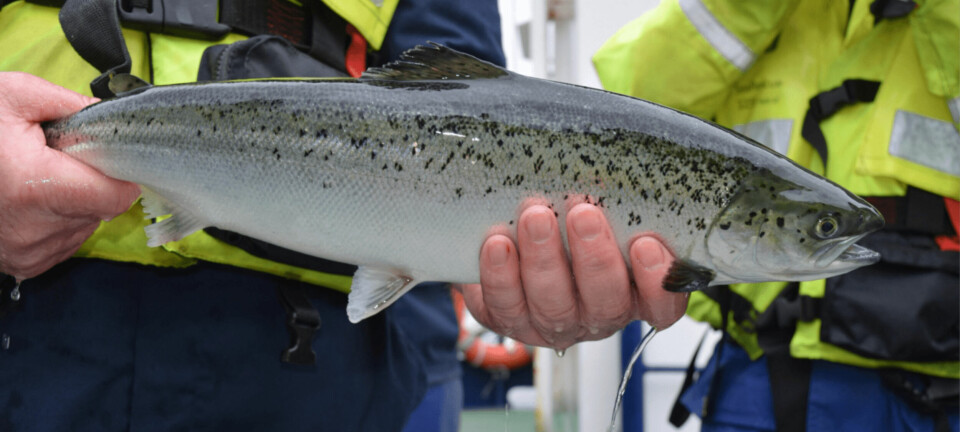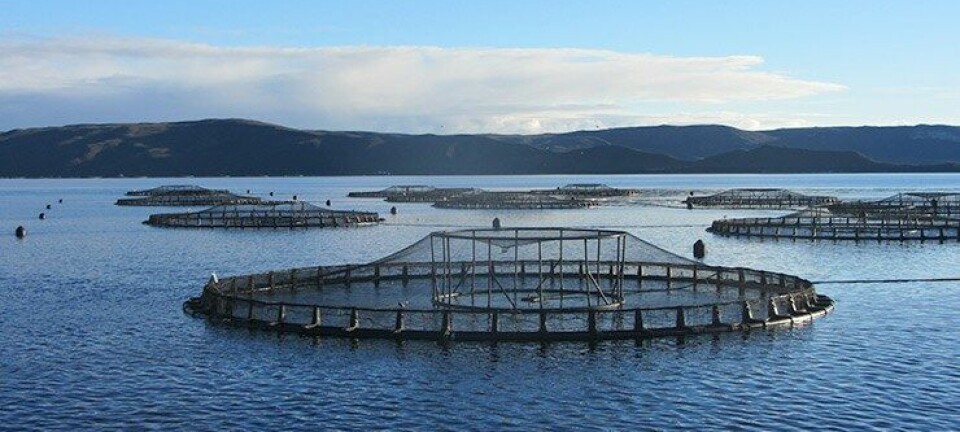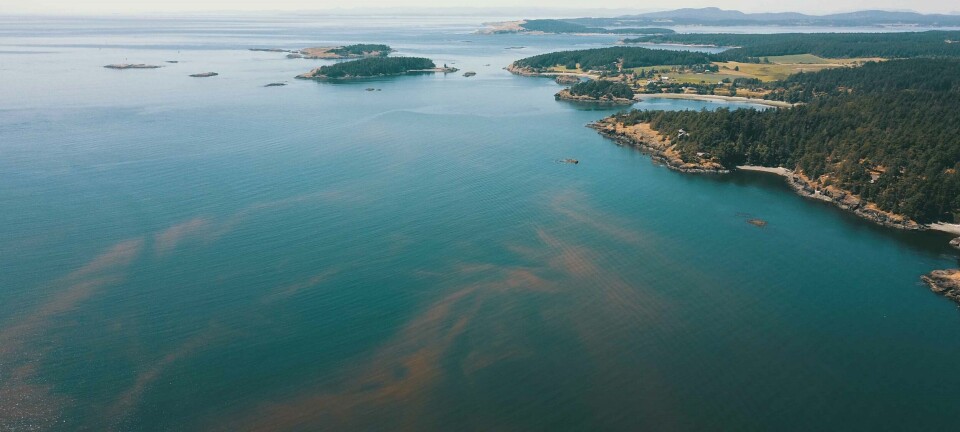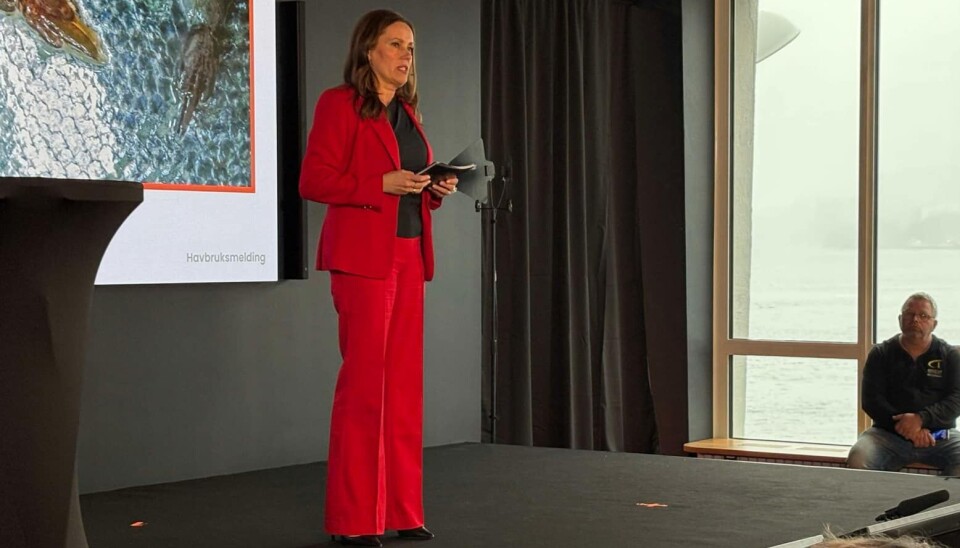
Norway proposes to link fish farm biomass limits to sea lice levels
Measures in White Paper aim to incentivise low-impact salmon production
The Norwegian government is proposing a new management system for fish farming that it says will make it more profitable to operate with low environmental impact and good animal welfare, Fish Farming Expert's Norwegian sister site, Kyst.no, reports.
A White Paper published this afternoon describes the steps the government will take to ensure that the aquaculture industry “can continue to create value from the sea and contribute to vibrant local communities along the entire coast”.
“The government wants to develop the aquaculture industry and facilitate the greatest possible overall value creation,” says fisheries minister Marianne Sivertsen Næss. “We must therefore modernise aquaculture policy. The main point in the White Paper is that we will primarily regulate how production affects the environment, fish health and welfare, and not how much is produced. This is also in line with the Aquaculture Committee's report.”
The government writes that it is an important goal for it to ensure acceptable impacts from sea lice.
MAB adjustment 'is inefficient'
“Adjusting the maximum allowable biomass (MAB) at the company level is an inefficient measure,” says the government, which is therefore planning to regulate the impact of lice through tradable quotas for lice emissions. The quotas will be set on the basis of what nature can actually tolerate in a given area, it adds.
Everyone involved in the production of salmonid fish will be covered by the quota system. Tradable quotas will facilitate flexibility for the players and cost-effective reduction of emissions in the individual area, the government believes.
“We want the release of sea lice to have a direct cost for the farmers. In this way, it will become more profitable to operate with a low environmental impact. This will provide more accurate regulation of the industry,” says Sivertsen Næss.
According to the government, today’s quantity restrictions at the company level mean that players have few incentives to develop, invest in and adopt more environmentally friendly production methods.
“This is how the quantity limitation contributes to slowing down value creation, innovation and technological development in the aquaculture industry.”
Good action = more fish
By introducing what the government calls a more targeted regulation of sea lice impacts, it believes there is no longer a need for a quantity limitation at the company level.
“Removing the quantity limitation in the aquaculture permit means that operators will be able to choose to a greater extent how they want to comply with the new lice regulations. Those who take good action will be able to increase their production.”
A permit will still be required to operate aquaculture. The aquaculture permit will grant the right to aquaculture production in a specific geographical area but will not contain any restrictions on quantity or species.
“In order to facilitate the most appropriate distribution of community resources, the government wants new permits under the Aquaculture Act to be awarded through auction,” it says.
The government writes that treatment for sea lice is one of the main reasons for poor welfare and high mortality in farmed fish. To prevent efforts to reduce sea lice releases from being at the expense of fish welfare, the government proposes to introduce a fee for lost fish.
Fee for mortality
“We have seen for a long time that fish welfare in the aquaculture industry is not good enough. In the animal welfare report, we set a specific goal of getting mortality down to five percent. We are now following up by introducing a fee for lost fish. We will set the fee low at the start and possibly increase it over time. The goal is for fish welfare to be so good that most people do not have to pay the fee,” says Sivertsen Næss.
“In summary, the government's proposal makes it more profitable to produce with low environmental impact and good animal welfare. This means that the players will be able to greatly influence the opportunities for growth for their own company. Reduced sea lice impact and improved welfare will also be positive for the industry’s reputation. The proposed system is technology-neutral and allows the players to use the solutions they themselves find most appropriate,” writes the government.
The report to the Storting (Parliament) presents an overall framework for new aquaculture regulation. The report has now been submitted to the Storting. After the Storting has considered the report, proposals for changes to the regulation will be heard in the usual way.
